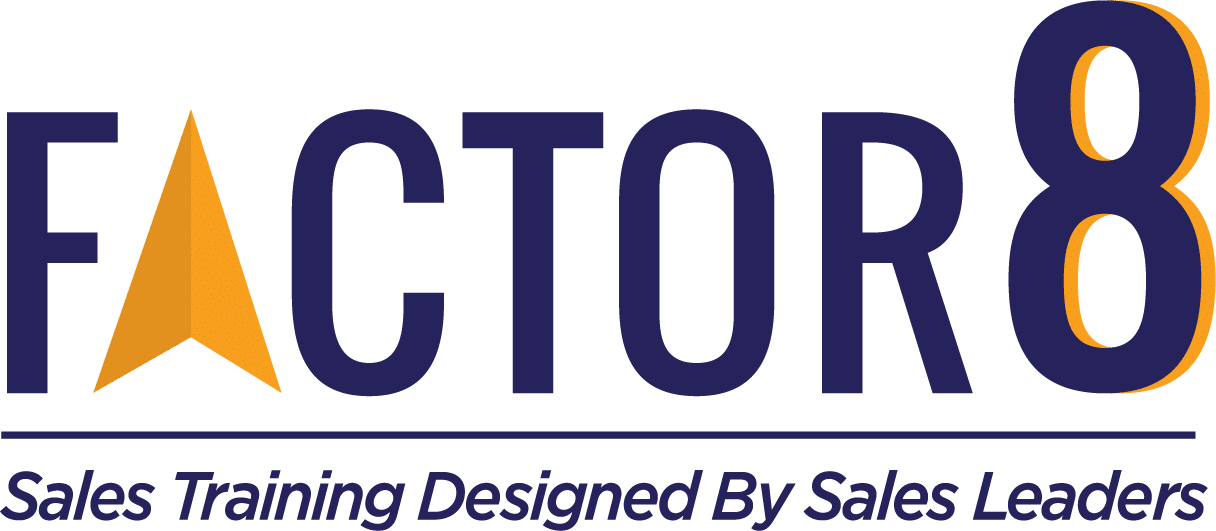Quick Tips on Overcoming Sales Objections
If you’re a BDR or SDR, you’ve probably heard your fair share of sales objections. And chances are, you’re likely NOT a big fan of them. I’m here to change your mind. Why?
I LOVE objections.
They’re proof a prospect is actually listening, and at some level, they’re even considering buying. I see objections as a challenge to understand prospects better and to showcase the SWIIFT℠ value of my product.
Ready to love objections? Let’s get started.
First, let’s understand the difference between a brush-off and a sales objection. If you’re hearing things like “I can’t talk right now” or “I’m not interested,” what the person on the other end of the phone is really saying is “I’d rather be doing anything than be sold to right now.” In these cases, you are experiencing a brush-off. These are typically heard at the beginning of the call and have almost nothing to do with your product or solution. Brush-offs require their own set of solutions, we’ll get to those in another article.
On the other hand, an objection sounds like “we don’t have a budget for XYZ” or “it’s too expensive” or “this isn’t our top priority.” Prospects with true objections are informed. They know who you are and what you are selling. Their objection is directly related to what you have presented to them (i.e. “We don’t have room in our 2022 budget for XYZ right now”).
Now that we understand the type of push-back that we’re solving for, let’s talk about overcoming objections in sales. Think about sales objections in terms of dating. You’ve poured your heart (your “pitch”) out to this potential customer and they’re quickly trying to show you the door. It’s only natural for us to take it personally. But let’s think about it this way, would you rather hear why a prospect is rejecting you, or be ghosted and left wondering why you weren’t a great fit? If you’re anything like me, you need to know “why?!”
So, let’s go over the 4 easy steps to sales objection handling so you can find both a solution and the answer to that “why?!”
SPOILER ALERT: Most sales reps only follow one step and the majority are unsuccessful! The most important thing to successfully handle an objection is to complete ALL 4 steps!
#1 Acknowledge
When you first hear an objection, you and your prospect are like two people on opposing sides of the table. You need to move to the same side in order to work together. Start by listening closely to what your prospect is saying to help identify the truth behind the objection and to LOWER defensiveness. Be sure to use your active listening skills here, folks. Nodding your head saying “mmhmm” or “I get that” are all useful cues to let them know you hear them. Go a step further by rephrasing their objection to show that you were truly listening to their thoughts.
Skipping this first step will leave you sounding defensive to someone whose guard is already up. That is not a recipe for success. So, let’s listen and acknowledge before moving to step 2.
#2 Ask Questions
The end goal of this step is to truly understand the prospect’s objection. Often, the initial objection is superficial. So, let’s use questions to isolate and clarify before we attempt to handle it. Taking a breath and approaching the questions with a calm tone can really help as well. Below are a few examples of defensive questions vs. calm, open-ended questions.
“What do you mean by that?” vs. “Sure, I get it, tell me more?”
“How could you say we’re too expensive?” vs. “I totally understand. Can you explain more about the cost?”
“You honestly think you don’t need this?” vs. “I hear you. So, what’s your solution to this problem?”
The most important part about this step is asking questions until you fully understand what the roadblock is.
#3 Overcome!
This is the step that most salespeople jump to. Reminder: If you skip steps 1 and 2, you are very likely not getting to the root of their objection and are coming off as defensive. This will lead to an aggravated prospect who will likely hang up on you.
Now let’s talk about addressing the true objection and providing a solution. After years of handling objections, we have found three tactics that show proven results!
- Value:
- Find the SWIIFT℠ value that the client’s objection embodies and use it to explain how your solution will overcome the objection at hand. (New here? Don’t know about the SWIIFT℠ values, yet? Check out the details HERE)
- Money Example: “You know, if we implement this right now, our solution will help save about five times this investment! And that’s just in the first year. Our projections estimate at least $50k in savings right off the bat! I know it’s scary, but the savings are worth it!”
- Find the SWIIFT℠ value that the client’s objection embodies and use it to explain how your solution will overcome the objection at hand. (New here? Don’t know about the SWIIFT℠ values, yet? Check out the details HERE)
- Felt/Found:
- This tactic explains the cause and effect of your solution in the context of a previous client or clients.
- Example: “I get it. Honestly? At least half of my current customers have FELT this way. It’s scary to invest upfront. But, what each of them has FOUND is that the cost savings more than make up for it – and does so quickly!”
- This tactic explains the cause and effect of your solution in the context of a previous client or clients.
- Story:
- This is similar to the Felt/Found tactic but goes into more detail. It’s important to remember that this can be a true story that happened to you or one of your co-workers, it could be a story pulled from a research report (with the names and details adjusted to your specific company), or it could be a story based in truth, with a few exaggerations.
- Example: “I get it. It’s a totally normal reaction. You know from the beginning, you’ve reminded me of Bob from Spokane. He was shopping for the same solution – although he picked the XYZ model. He hesitated to pull the trigger too, and he has already recouped 75% of his original investment. That was literally just last month!”
- When you’re sharing a story with a prospect, remember that good stories have these components:
- Time
- Place
- Main Character
- Challenge
- Goal
- Series of Events (aka Plot)
- Outcome
- Details (1-2 fun embellishments or random details)
- This is similar to the Felt/Found tactic but goes into more detail. It’s important to remember that this can be a true story that happened to you or one of your co-workers, it could be a story pulled from a research report (with the names and details adjusted to your specific company), or it could be a story based in truth, with a few exaggerations.
- Insider Tip: facts are 20 TIMES more likely to be remembered when they are part of a story! Stories release dopamine to the brain. Which, in turn, causes a deeper sense of emotional engagement with what is said. The brain automatically goes into curiosity and receptive mode (instead of defensive mode). Cool, right!? So, get your clients to drop their guard a bit with a good story!
DOWNLOAD: 4-Step Process To Overcome Objections
#4 Check-In & Close
In this step, you’ve got to confirm that you’ve answered your prospect’s questions and concerns. After confirming, we push the deal forward to either the next steps or to a close. Only about 10% of customers will close themselves. This means 90% of deals will stall out if you skip this step! Check out the image below to see 5 different types of closes. Which one feels the most comfortable for you?
BONUS! Here are a few additional tips to use after you’ve mastered the 4 steps above:
- Always run through the proposal live with your client. If you are only emailing a quote you will lose a larger percentage of business.
- If you are getting pricing objections from a lot of clients, you are probably selling on features only. You’ve got to include those SWIIFT℠ values!
- If you don’t know which questions to ask, then remove the objection. Example: “Suppose you didn’t have ______? How would the situation be different?”
- If you don’t know what to ask, then ask “why”? Example: “I’m sorry to hear you feel that way. I would like to understand your concern. May I ask why you say that?”
If you master the 4 steps above, you’ll find those sales objections turning into deals in no time!

